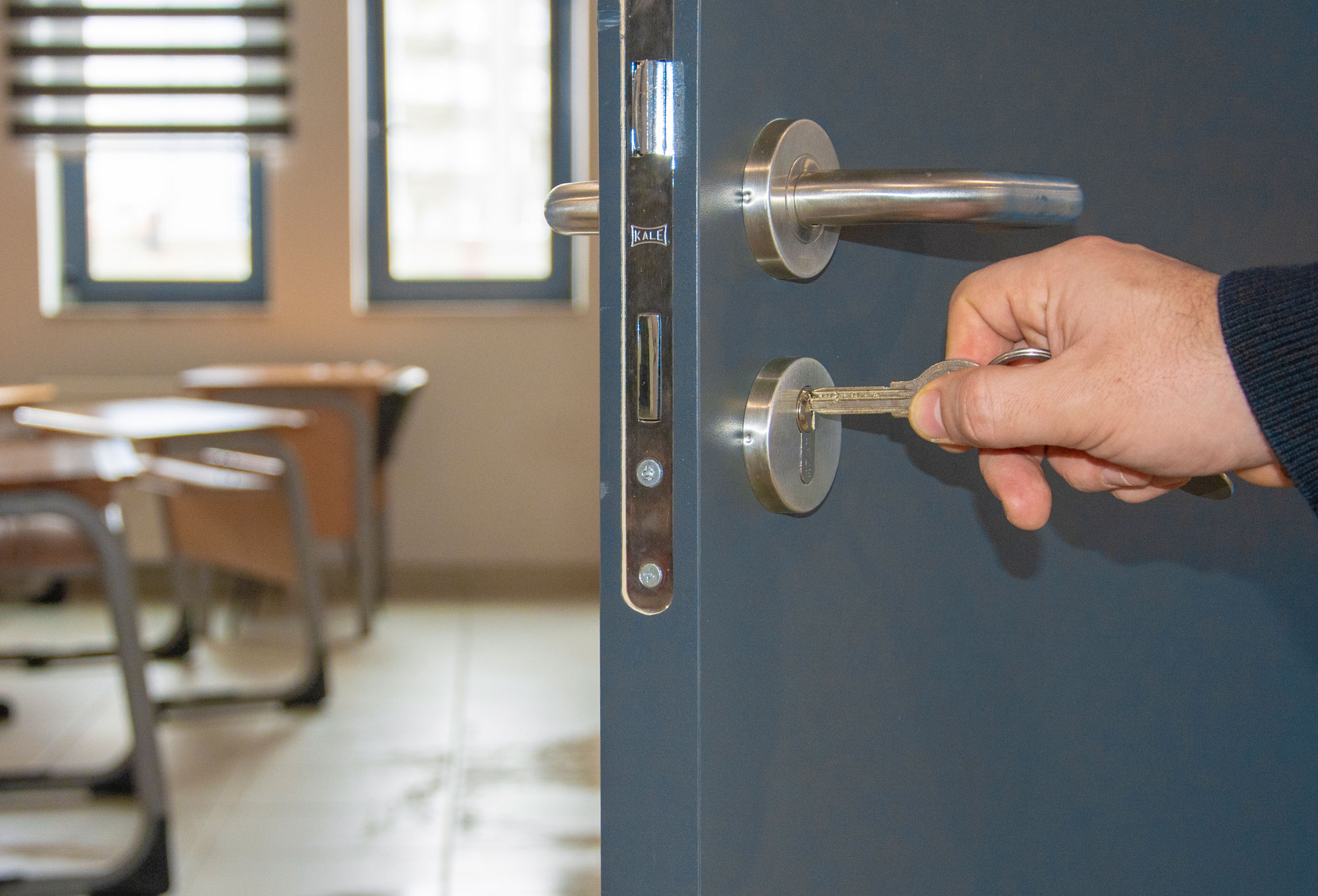
The plan, called the Blueprint for a Safer Economy, establishes four categories to indicate the severity of COVID-19 spread in California. Each of the state’s counties are placed in one of four color-coded categories — purple, red, orange or yellow — in order from highest to lowest risk. Purple counties, which are essentially counties that were on the prior state “monitoring list,” are considered at highest risk and have the most restrictions. Local educational agencies in the purple tier are not allowed to open for in-person instruction, but are eligible to apply for an elementary school waiver, provided they work with their county public health department and submit a safety plan.
The new plan requires each county to stay in its tier for at least three weeks. To move into another tier, counties must meet that tier’s criteria for the prior two consecutive weeks. New assessments will be performed weekly on Tuesdays. It’s important to note that the standards for an individual county may exceed those in the state’s framework.
In a press conference introducing the new system, Gov. Newsom said it is intended to create a more predictable and understandable way to determine when schools and businesses can reopen. The system also simplified the metrics being measured — from six to two — as counties are assigned to tiers based on their test positivity rates and adjusted case rate.

The new guidance regarding schools is largely the same as what was presented in the California Department of Public Health’s July 17 School Reopening Framework, except that the purple tier is now substituted for the county monitoring list status.
To reopen schools for in-person instruction, counties must move into the red tier (second-most restrictive) and remain there for at least two weeks. That means a county must effectively have a test positivity rate under 8 percent and fewer than seven new cases per 100,000 residents for at least a month to reopen schools.
During a Sept. 9 California Department of Education webinar providing clarity on the new system and school guidance, Dr. Erica Pan, California State Epidemiologist and Acting State Health Officer, said that even though counties in the red tier for two weeks can reopen schools, they may want to wait a little longer to reopen. “We want to gradually and safely do this in a very deliberate way,” she said. “And we know that flu season is just around the corner.”
Also during the Sept. 9 webinar, when asked whether smaller schools or districts can use the cohort guidance to bring a majority of students back to campus, Dr. Pan said that is not at all the intent. “This is for a subset of children with special needs and not a substitute for schools reopening,” she said. “We want to make sure that special needs children, children that really are being impacted even more from not having in-person instruction, that a very small number of those could come back to some in-person instruction.”
Reiterating information sent by CSBA to its members on Sept. 4, Pan said that the updated guidance permits more adults to be in the cohort as long as the total number of individuals in the group does not exceed 16. She also clarified that LEAs do not need to apply to the state to implement cohorts but should check with their local public health department.
U.S. Secretary of Agriculture Sonny Perdue announced Aug. 31 that the U.S. Department of Agriculture will extend several flexibilities that allow summer meal program operators to continue serving free meals to all children through as late as Dec. 31, 2020. This will help to ensure that children have access to the nutritious food they need regardless of whether their campus is open for in-person instruction.
The announcement came the same day that previous waivers were set to expire, which would have had a devastating impact on the children who now, more than ever, rely on school meal programs as their main source of nutritious breakfasts and lunches. In the federal budget package to extend government funding through Dec. 11, Congressional and White House officials included an extension of the USDA’s authority to issue child nutrition waivers through September 2021.
Specifically, the USDA’s Food and Nutrition Service is extending nationwide waivers for the Summer Food Service Program and Seamless Summer Option through the end of 2020, or until available funding runs out. The waivers allow school meals to be served in all areas and at no cost, permit meals to be served outside of the typically required group settings and meal times, waive meal pattern requirements as necessary and allow parents and guardians to pick up meals for their children.
www.csba.org/coronavirus.
